Home>Home Appliances>Home Automation Appliances>How Do You Set A Thermostat For Heat
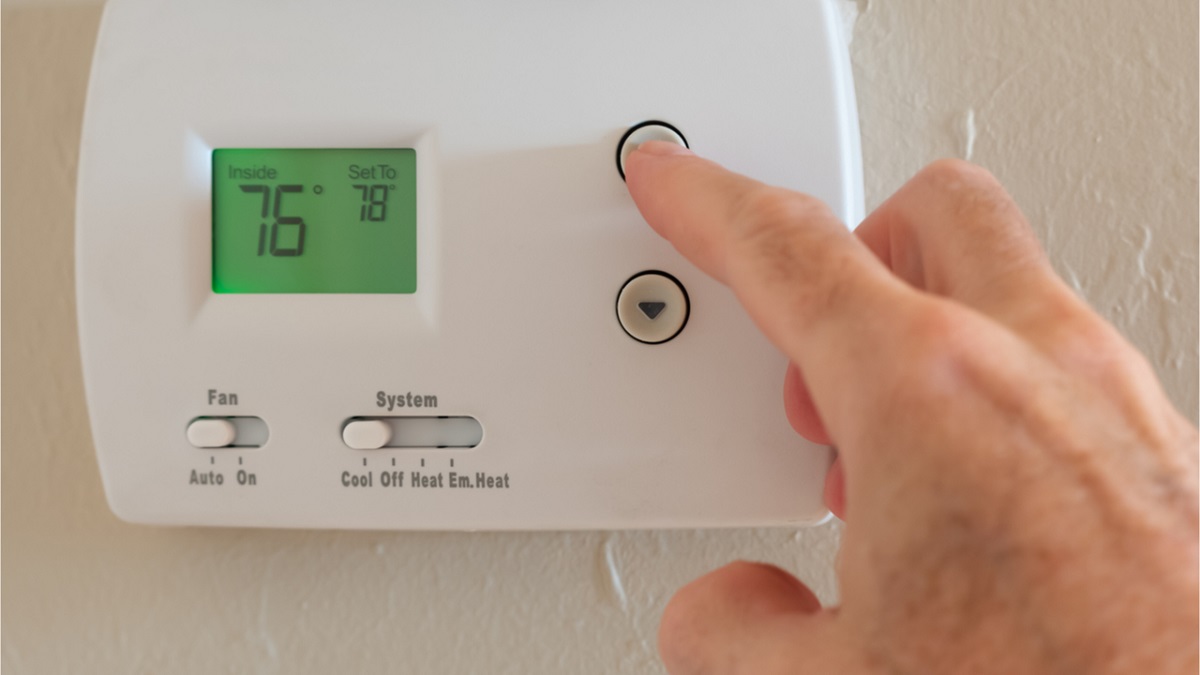

Home Automation Appliances
How Do You Set A Thermostat For Heat
Modified: January 4, 2024
Learn how to set your thermostat for efficient heating in your home. Get expert tips on home automation appliances for optimal comfort and energy savings.
(Many of the links in this article redirect to a specific reviewed product. Your purchase of these products through affiliate links helps to generate commission for Storables.com, at no extra cost. Learn more)
**
Introduction
**
Welcome to the world of home automation and climate control! In today's fast-paced world, the convenience and energy efficiency offered by programmable thermostats have become indispensable for modern households. Whether you're a seasoned homeowner or a first-time thermostat user, understanding the nuances of thermostat settings is crucial in optimizing comfort and minimizing energy costs. In this comprehensive guide, we'll delve into the essential aspects of setting and programming your thermostat for efficient heating. By the end of this article, you'll be equipped with the knowledge and confidence to take full advantage of your thermostat's capabilities, ensuring a cozy and cost-effective living environment. So, let's embark on this enlightening journey to unlock the full potential of your thermostat!
**
Key Takeaways:
- Mastering thermostat settings is crucial for efficient heating. Understand your thermostat type, set the temperature wisely, and program it to match your lifestyle for optimal comfort and energy savings.
- Regular maintenance, troubleshooting, and leveraging advanced features like remote access can unlock the full potential of your thermostat, leading to a more sustainable and comfortable living environment.
Understanding Your Thermostat
**
Before delving into the nitty-gritty of thermostat settings, it's essential to grasp the fundamental components and functionalities of your device. Thermostats come in various types, including manual, programmable, and smart thermostats, each offering distinct features and control options. Manual thermostats require manual adjustments to regulate the temperature, while programmable thermostats allow you to set different temperatures for specific times of the day, offering flexibility and energy savings. Smart thermostats, equipped with advanced technology and connectivity, enable remote control via smartphones and adaptive learning to optimize comfort and efficiency.
Most thermostats consist of a display screen, control buttons, and various mode settings such as heat, cool, and fan. The temperature control buttons allow you to adjust the desired temperature, while the mode settings enable you to switch between heating and cooling modes as per your requirements. Understanding these basic functions is pivotal in effectively utilizing your thermostat to maintain a comfortable indoor climate.
Furthermore, familiarizing yourself with the user manual of your specific thermostat model can provide valuable insights into its unique features and operational guidelines. Additionally, identifying the location of your thermostat is crucial, as it should be placed away from heat sources, direct sunlight, and drafts to ensure accurate temperature readings.
By gaining a comprehensive understanding of your thermostat's type, features, and placement, you'll be well-prepared to navigate through the settings and optimize its performance for efficient heating.
**
Setting the Temperature
**
Setting the temperature on your thermostat is a straightforward yet pivotal aspect of maintaining a comfortable and energy-efficient home environment. Whether you prefer a cozy warmth during chilly winter days or a refreshing coolness in the peak of summer, your thermostat serves as the gateway to achieving the desired indoor climate.
Begin by identifying the current temperature displayed on your thermostat. This serves as a reference point for adjusting the temperature to your preference. Most thermostats feature intuitive temperature control buttons, allowing you to increase or decrease the set temperature with a simple press or turn of a dial. As you make adjustments, the display will reflect the updated temperature setting, providing real-time feedback on your selections.
When setting the temperature for heating, it's important to find the optimal balance between comfort and energy efficiency. The recommended setting for winter months is around 68°F (20°C) for occupied periods, while lowering the temperature by a few degrees when asleep or away from home can yield significant energy savings without compromising comfort. For cooling, a setting of around 78°F (25.5°C) during the warmer months is considered ideal for balancing comfort and energy conservation.
Furthermore, if you have a programmable thermostat, take advantage of its scheduling capabilities to automatically adjust the temperature based on your daily routine. This allows you to customize heating and cooling settings for different times of the day, ensuring comfort when needed and conserving energy when not in use.
It's worth noting that maintaining a consistent temperature setting, rather than frequently adjusting it, can contribute to energy savings and overall system efficiency. Additionally, being mindful of outdoor weather conditions and making minor adjustments to your thermostat settings in response to external temperatures can further optimize your home's climate control.
By mastering the art of setting the temperature on your thermostat, you can create a harmonious balance between comfort, energy efficiency, and cost savings, all while enjoying a delightful indoor atmosphere tailored to your preferences.
**
Set your thermostat to a comfortable temperature, usually around 68-72°F. Avoid drastic changes, as it can waste energy. Use a programmable thermostat to save on heating costs.
Programming Your Thermostat
**
Embracing the full potential of a programmable thermostat entails harnessing its scheduling capabilities to tailor your home's heating settings to match your lifestyle and preferences. This advanced feature empowers you to create personalized heating schedules, optimizing comfort and energy efficiency throughout the day and night.
Begin by familiarizing yourself with the programming options offered by your thermostat. Most programmable thermostats provide multiple daily settings, including wake time, leave time, return time, and sleep time, allowing you to customize the temperature for each period. By setting lower temperatures during times when the house is unoccupied or the occupants are asleep, you can significantly reduce energy consumption without sacrificing comfort.
When programming your thermostat, consider your daily routine and temperature preferences for different times of the day. For example, you can schedule the thermostat to lower the temperature during working hours and raise it just before you return home, ensuring a warm and inviting environment upon your arrival. Similarly, nighttime settings can be adjusted to promote restful sleep while conserving energy.
If you have a smart thermostat, take advantage of its adaptive learning capabilities, which analyze your temperature preferences and daily routine to automatically adjust settings for optimal comfort and efficiency. Additionally, remote access features enable you to modify the thermostat settings from anywhere using your smartphone, providing unparalleled convenience and control over your home's climate.
Regularly reviewing and fine-tuning your thermostat's programming based on seasonal changes and lifestyle adjustments is crucial in maximizing its benefits. For instance, modifying the schedule to accommodate vacations or unexpected changes in routine ensures that your heating system operates efficiently in alignment with your lifestyle.
By proactively programming your thermostat to align with your daily activities and comfort needs, you can enjoy a seamlessly controlled indoor environment while reaping the rewards of reduced energy consumption and lower utility bills. This smart approach to heating management not only enhances your living experience but also contributes to a more sustainable and eco-friendly lifestyle.
**
Troubleshooting and Tips
**
While programmable thermostats are designed to streamline the management of your home's heating system, occasional issues or inefficiencies may arise. Understanding common troubleshooting techniques and implementing practical tips can help you address minor issues and optimize the performance of your thermostat.
If you encounter discrepancies between the displayed temperature and the actual room temperature, consider calibrating your thermostat to ensure accurate readings. This can typically be done through the thermostat settings or by consulting the user manual for specific instructions.
Intermittent malfunctions or unresponsiveness in your thermostat may be attributed to battery issues. If your thermostat operates on batteries, replacing them at regular intervals, typically once a year, can prevent unexpected disruptions in its functionality.
Another common issue is the accumulation of dust and debris within the thermostat, potentially affecting its sensors and overall performance. Regularly cleaning the thermostat using a soft, dry cloth can prevent such issues and maintain its accuracy.
If you have a smart thermostat, ensure that it is connected to your home's Wi-Fi network and that the firmware is updated to the latest version. This safeguards against connectivity issues and ensures seamless remote access and control via the associated mobile app or web interface.
For optimal energy efficiency, consider integrating your thermostat with other smart home devices or systems, such as occupancy sensors and weather-based controllers. This synergy enables a holistic approach to climate control, adapting heating settings based on occupancy and external weather conditions to minimize energy consumption.
Regularly reviewing and adjusting your thermostat's programming based on changes in your routine, seasonal variations, and occupancy patterns is essential for maximizing its efficiency and cost savings. Additionally, leveraging the insights provided by your thermostat's energy usage reports can offer valuable guidance in optimizing your heating schedule and identifying opportunities for further energy conservation.
By staying proactive in addressing minor thermostat issues and implementing best practices for efficient heating management, you can ensure a seamless and optimized experience while reaping the benefits of energy savings and enhanced comfort in your home.
**
Read more: How To Work A Thermostat For Heating
Conclusion
**
As we conclude our exploration of thermostat settings and management, it’s evident that these devices play a pivotal role in shaping our indoor comfort and energy efficiency. Whether you’re adjusting the temperature for a cozy winter evening or optimizing the cooling settings during scorching summer days, your thermostat serves as the gateway to a harmonious living environment.
Understanding the nuances of thermostat operation, from setting the temperature to programming personalized schedules, empowers you to tailor your home’s climate control to align with your lifestyle and preferences. The flexibility offered by programmable and smart thermostats enables you to strike a balance between comfort and energy conservation, ultimately leading to reduced utility costs and a more sustainable living approach.
By embracing best practices such as regular thermostat maintenance, proactive troubleshooting, and leveraging advanced features like remote access and energy usage reports, you can unlock the full potential of your thermostat and elevate your home’s heating management to new heights.
As we navigate the ever-evolving landscape of home automation and energy efficiency, the role of thermostats continues to evolve, offering enhanced connectivity, adaptive learning, and seamless integration with smart home ecosystems. This evolution underscores the significance of optimizing our thermostat settings and leveraging their capabilities to create a more efficient, comfortable, and eco-friendly living environment.
Ultimately, by mastering the art of thermostat settings and management, you not only enhance your daily comfort but also contribute to a greener, more sustainable future. So, let’s continue to embrace the potential of our thermostats, harnessing their power to create homes that are not only warm and inviting but also mindful of energy conservation and environmental impact.
With the knowledge and insights gained from this guide, you are well-equipped to embark on a journey of efficient and personalized thermostat management, ensuring that your home remains a sanctuary of comfort and sustainability.
Frequently Asked Questions about How Do You Set A Thermostat For Heat
Was this page helpful?
At Storables.com, we guarantee accurate and reliable information. Our content, validated by Expert Board Contributors, is crafted following stringent Editorial Policies. We're committed to providing you with well-researched, expert-backed insights for all your informational needs.
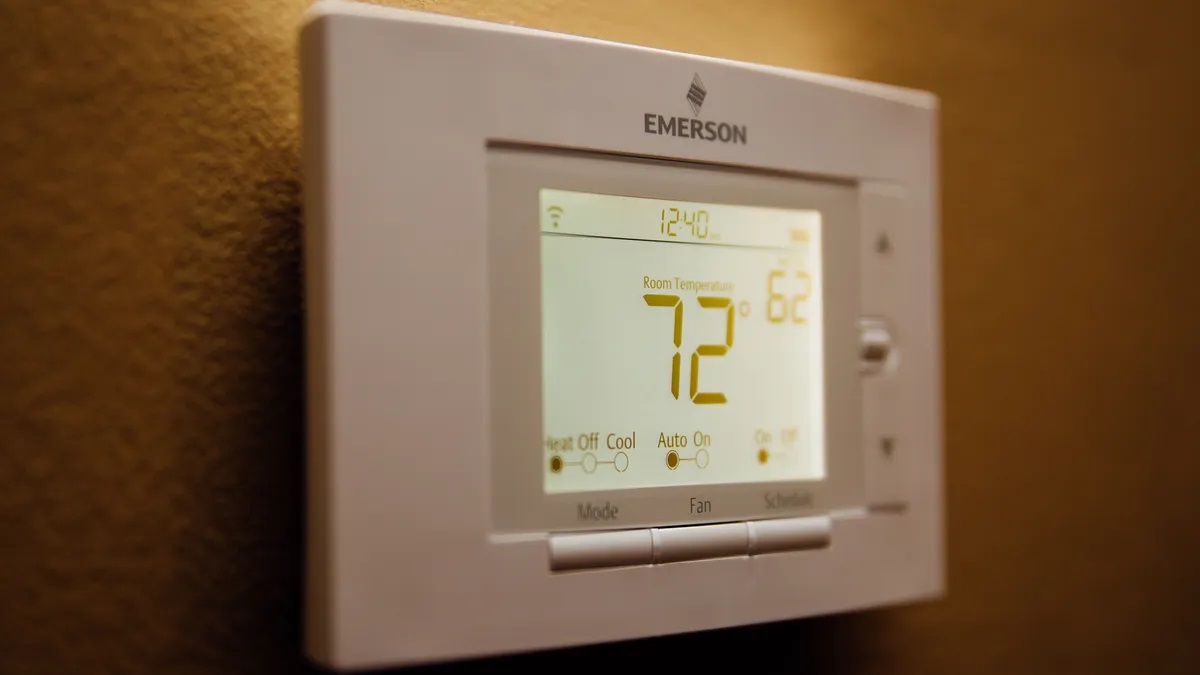
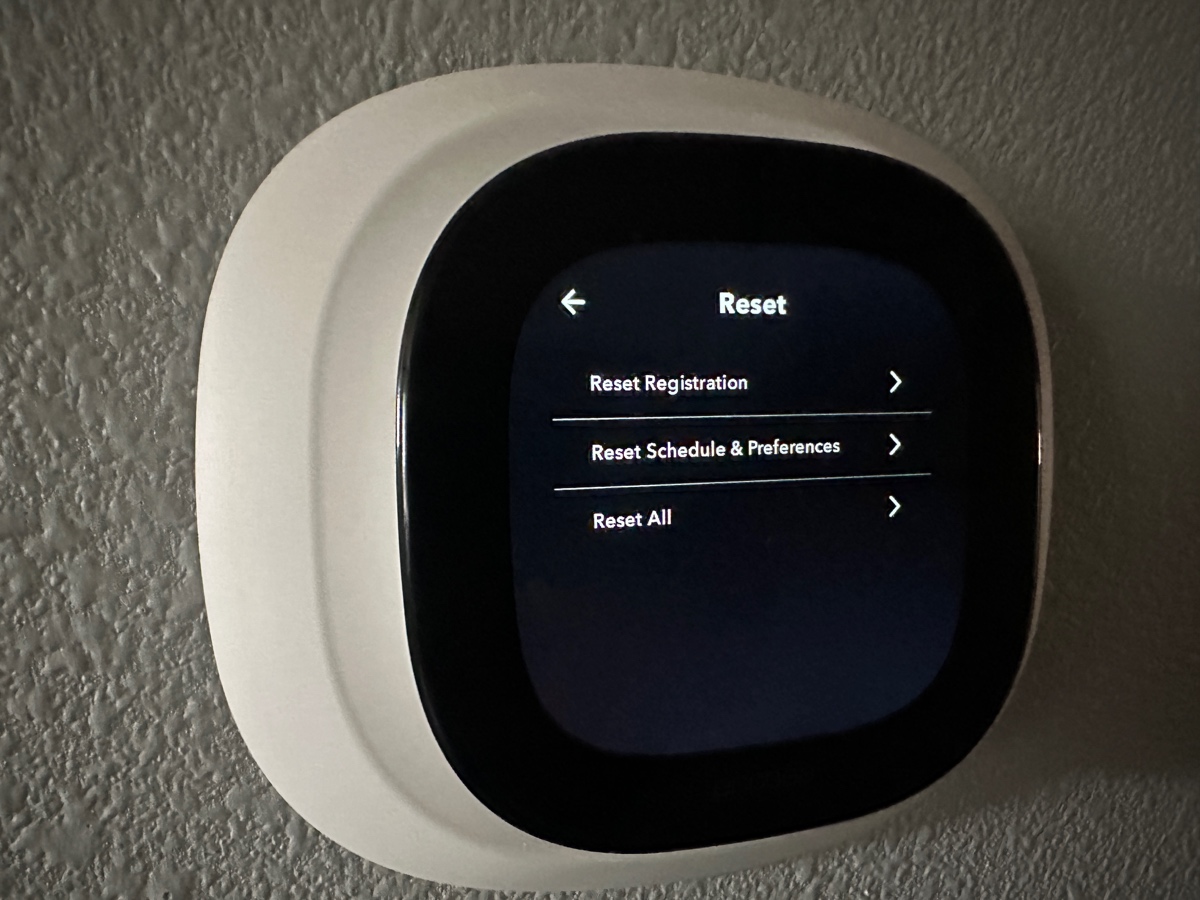
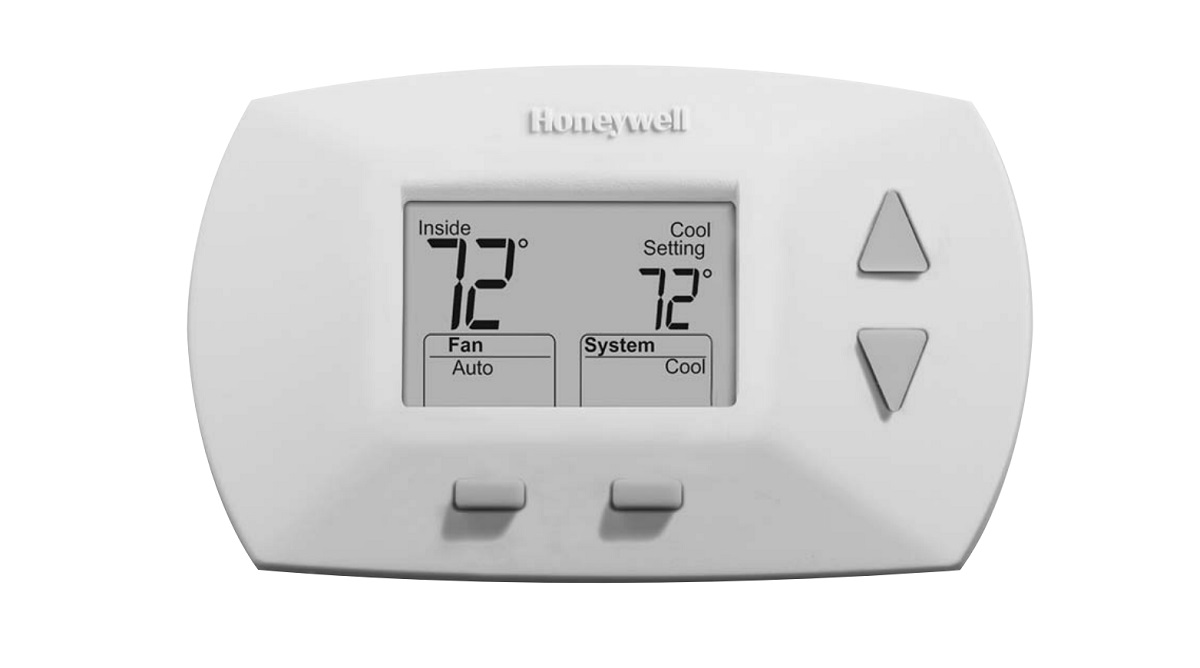


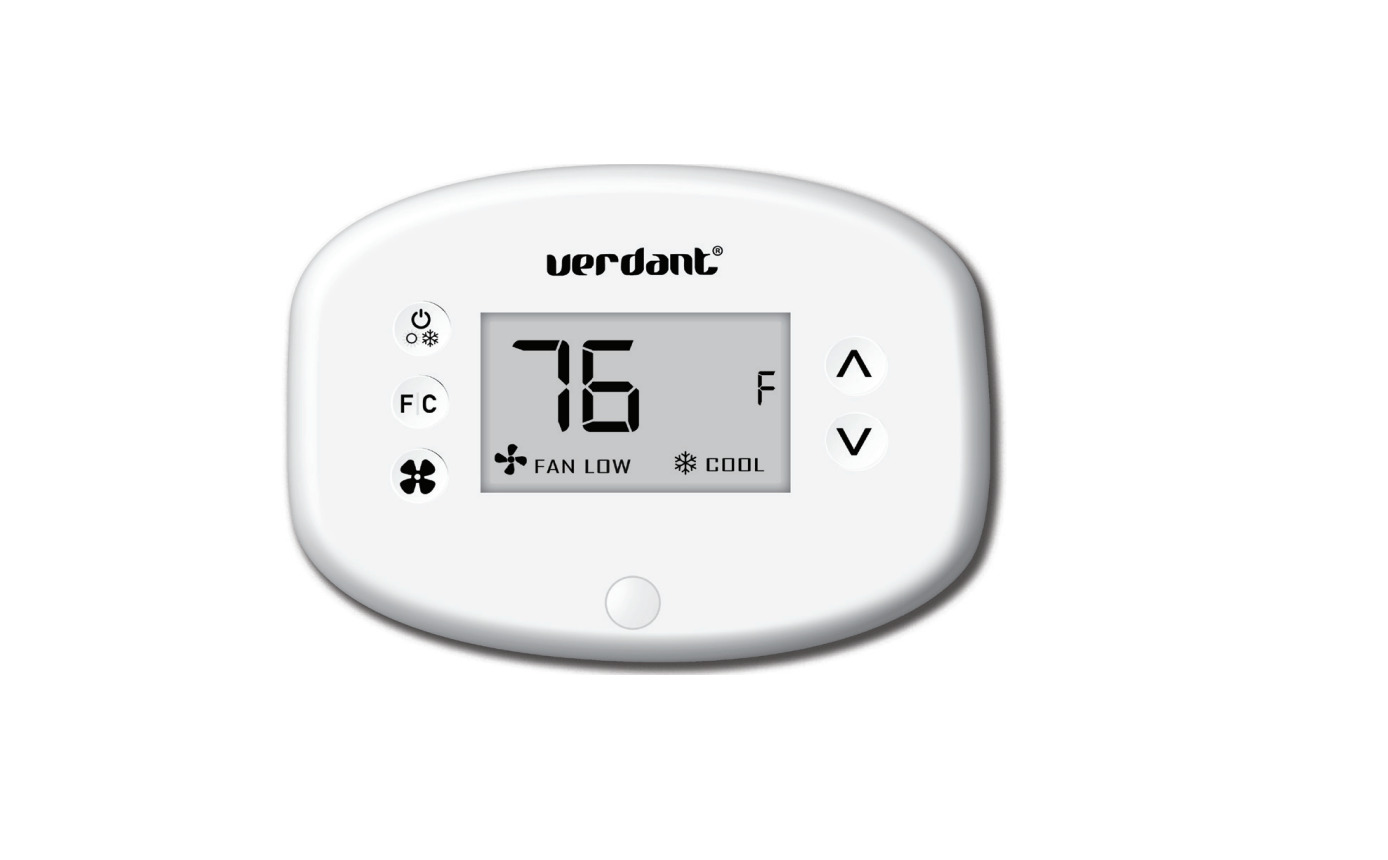

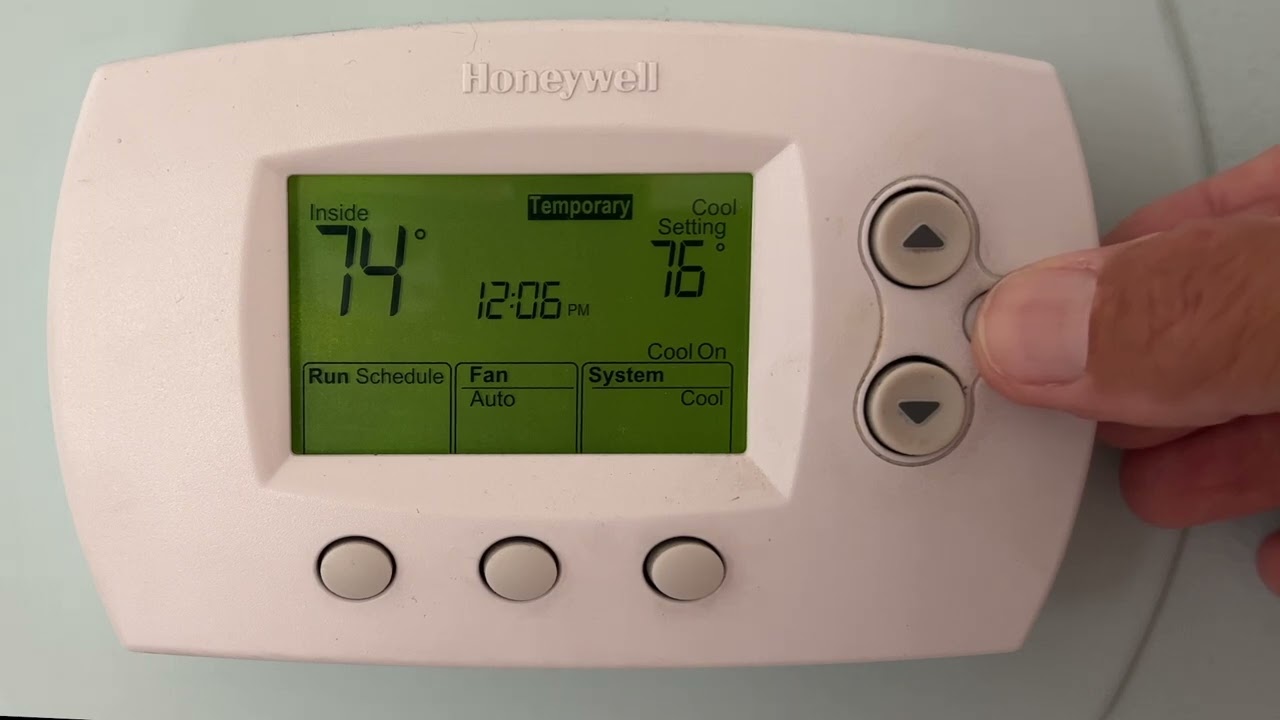


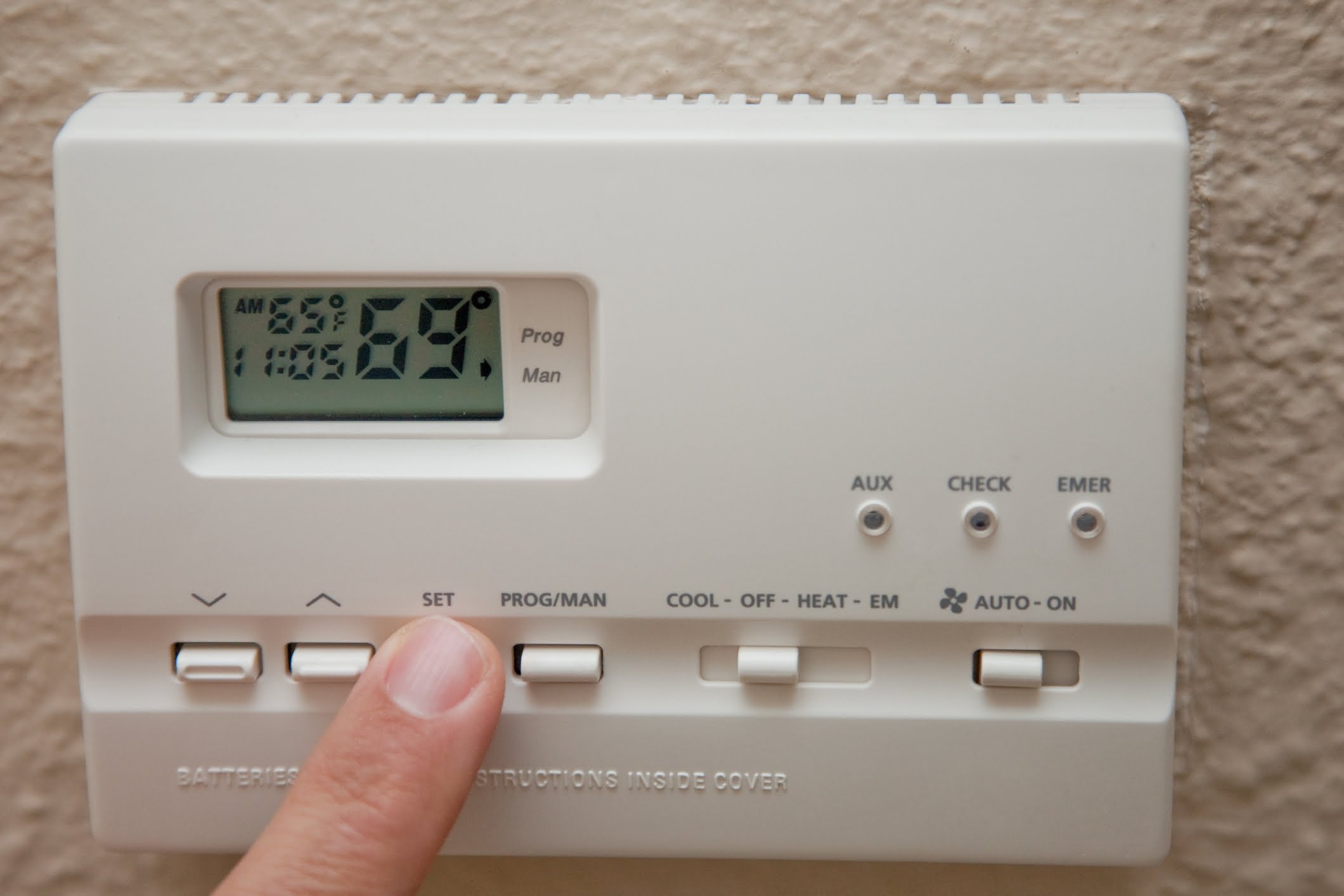
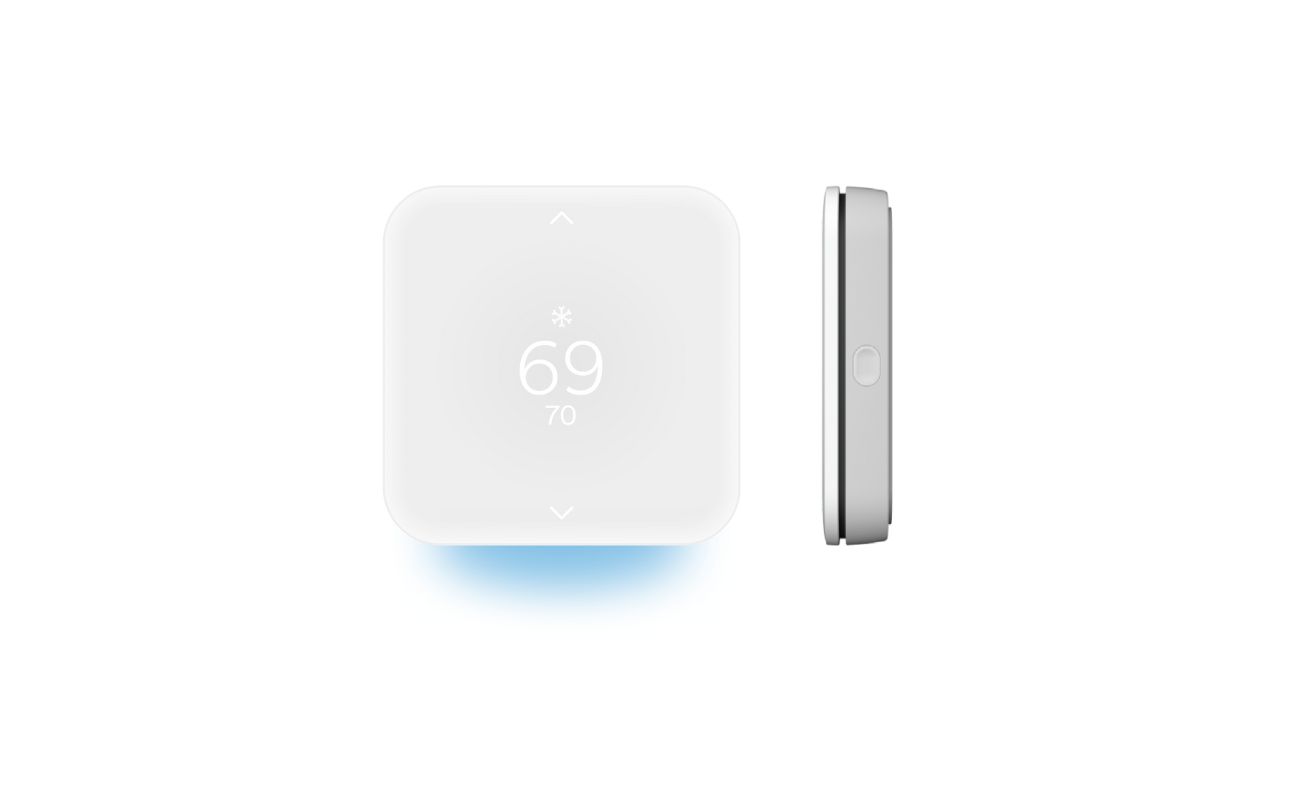
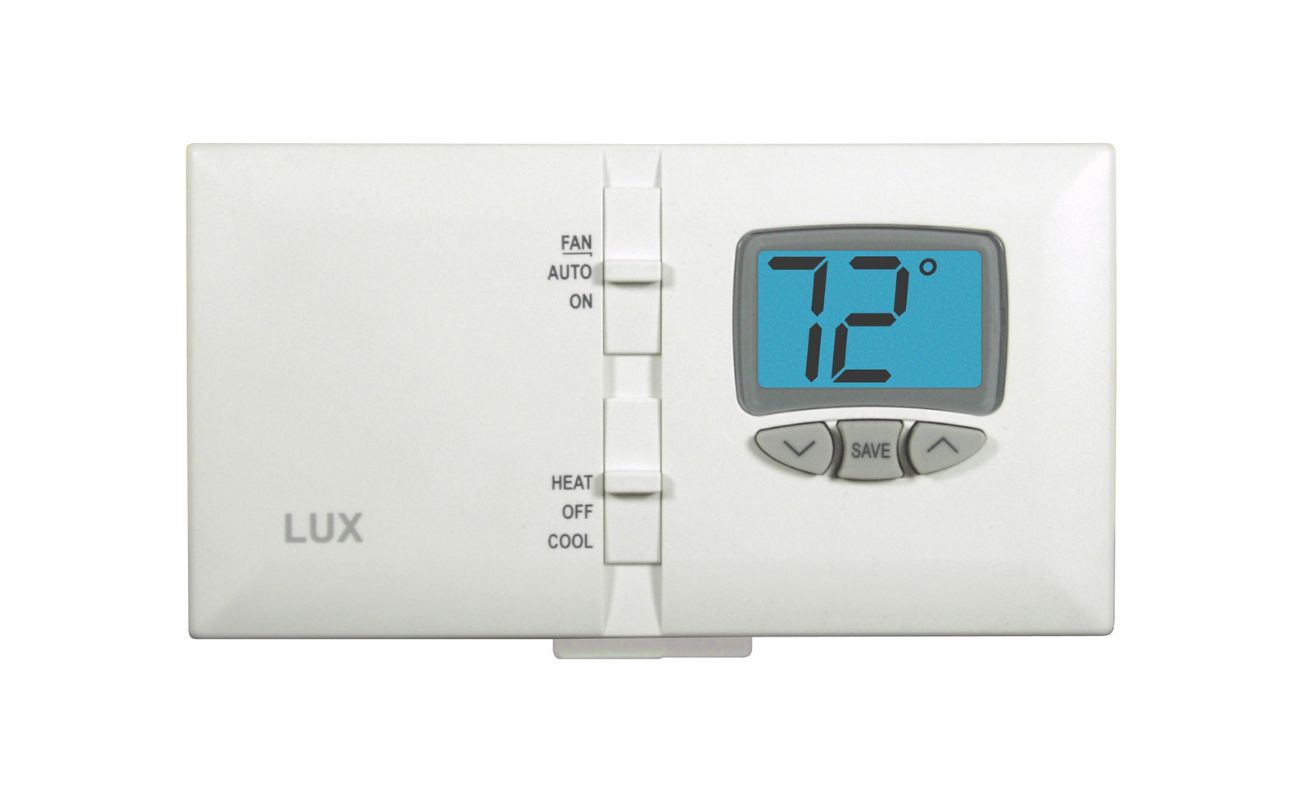
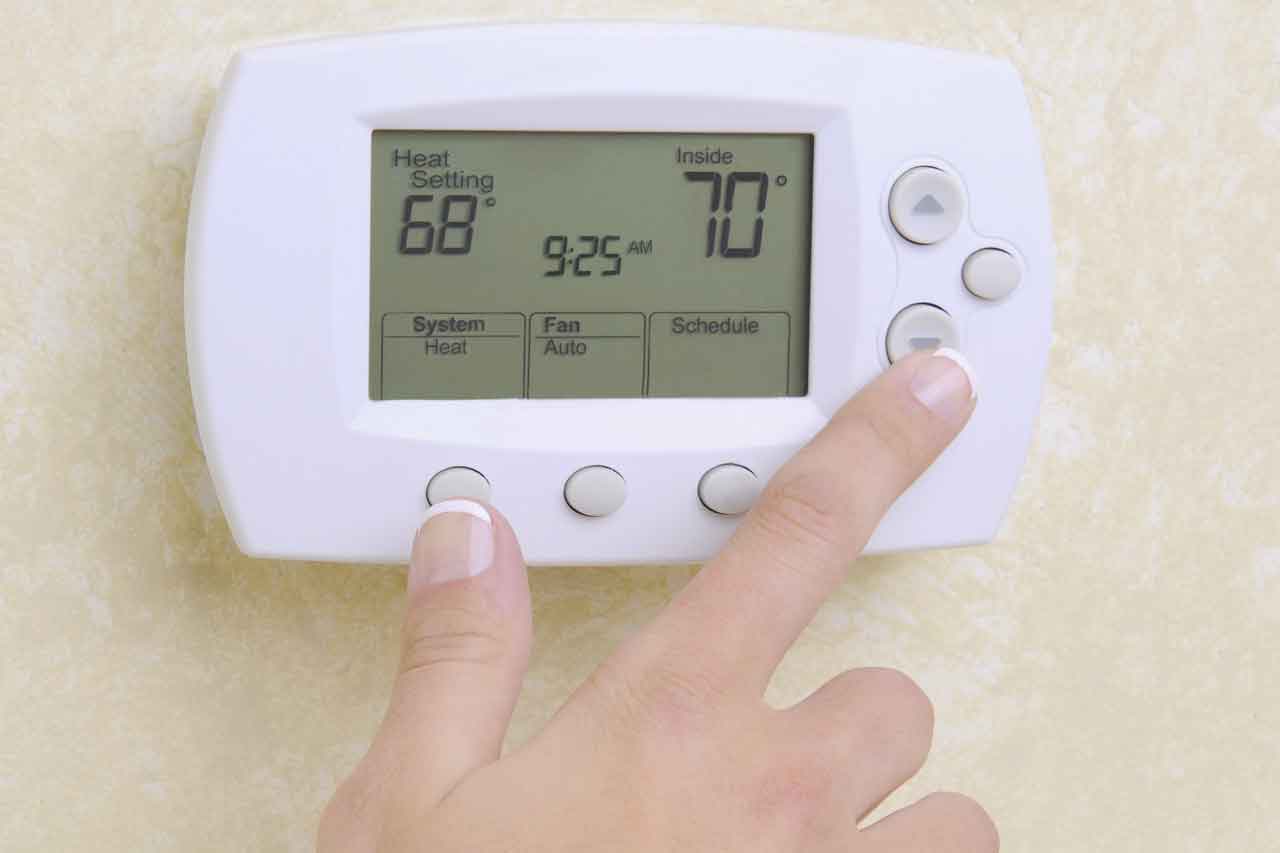

0 thoughts on “How Do You Set A Thermostat For Heat”